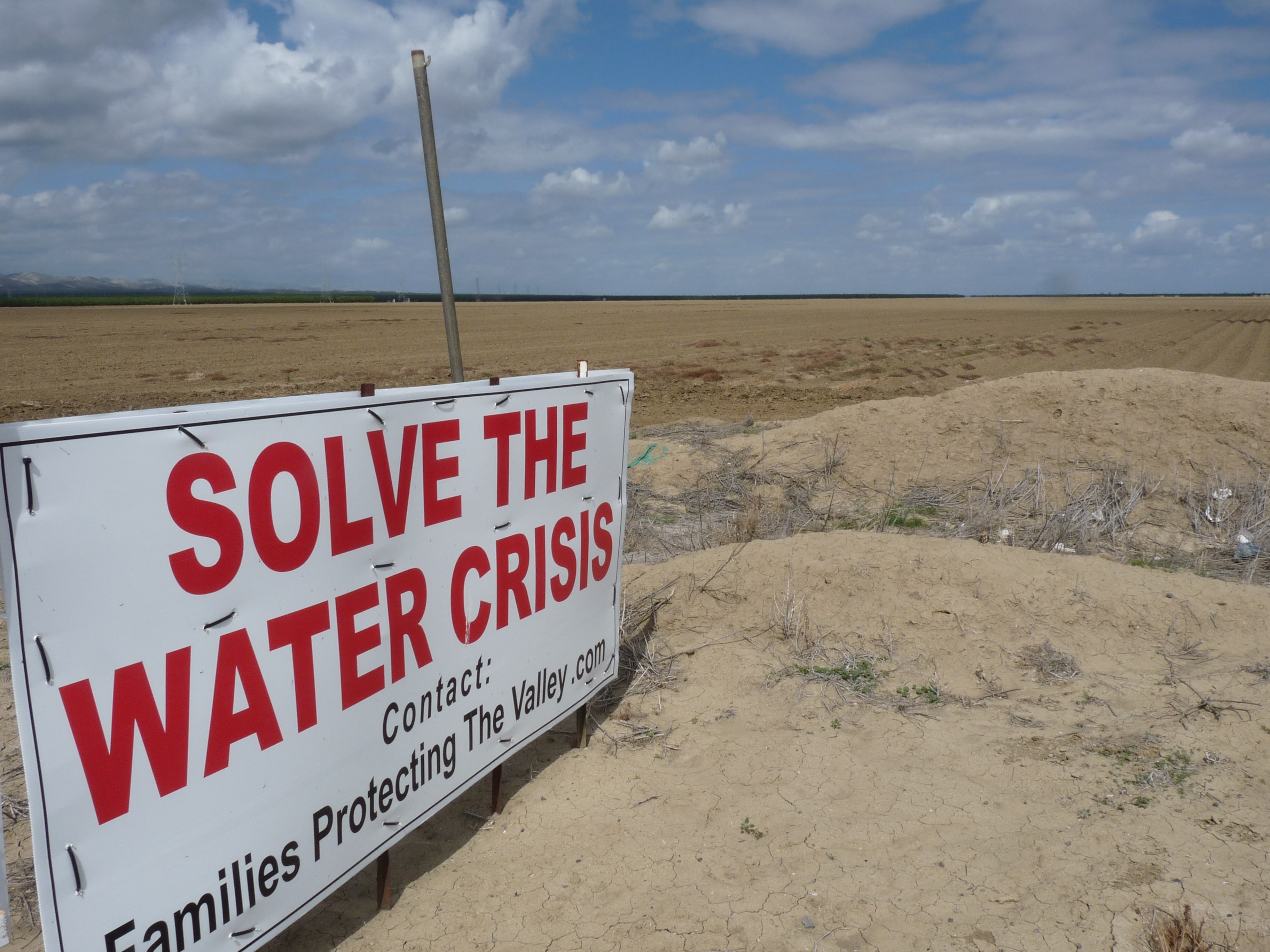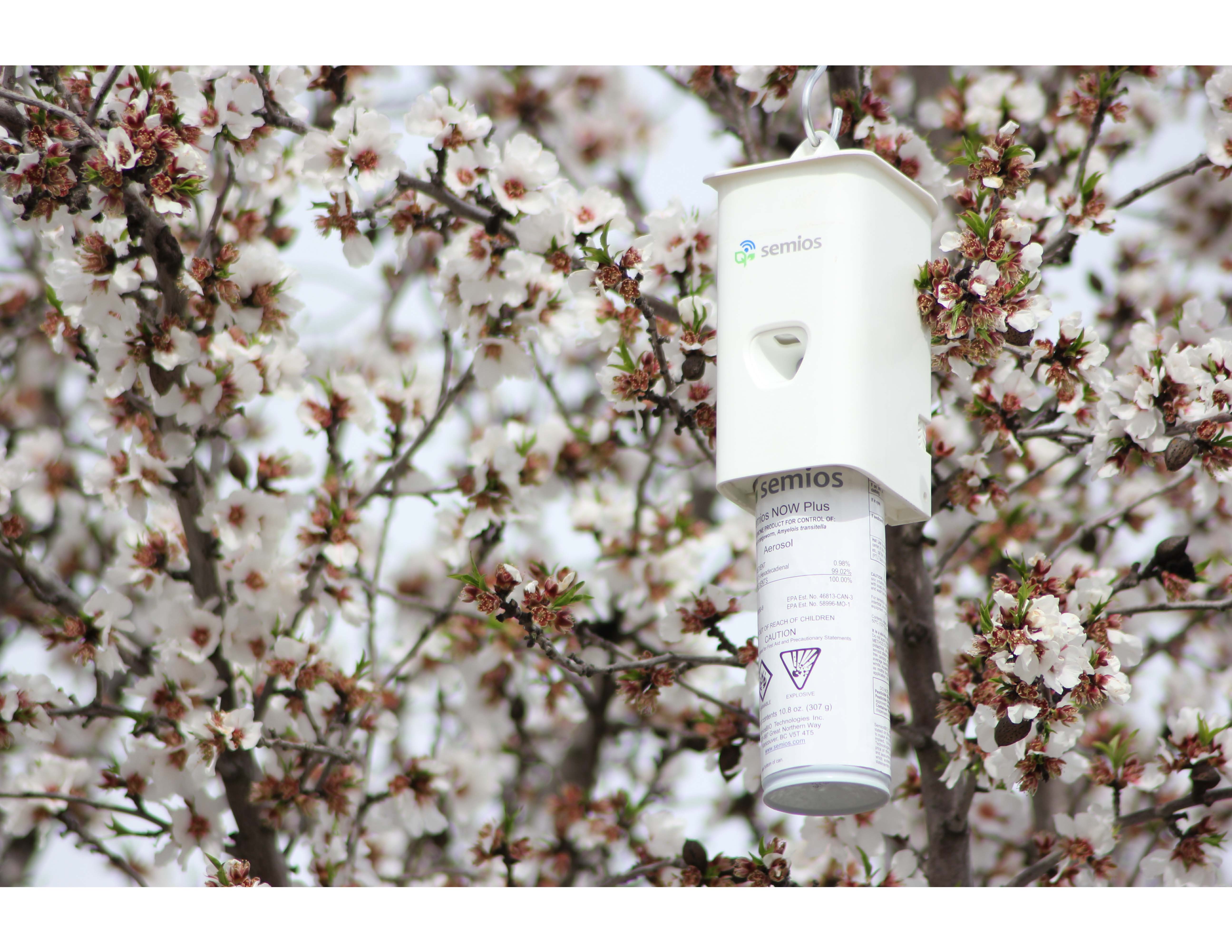Costa: Westside Water Cut Unconscionable
Jim Costa: Water Allocation is Immoral
By Patrick Cavanaugh, Deputy Editor
Jim Costa, Congressman for the 16th Congressional District of California that covers all of Merced County and parts of Fresno and Madera Counties and includes vast areas of agricultural land, is not happy with the water situation in California. Costa stated, “To be sure, we are still in a water crisis even though we have had some good [wet] months.”
“Sadly those good months have seen too much of that water going out to sea—as opposed to getting into the San Luis Reservoir and providing water for our Valley—whether for the East side or the Westside. It is a fight that I have been engaged in for years, but most recently, I have been trying to ensure that we are pumping at the maximum levels even under the flawed biological opinions that we are having to contend with.”
Costa explained that while the pumps have been turned up over the past month, sometimes to the maximum level, “the San Luis Reservoir is only 51% full, and now we are are still looking at a 5 percent water allocation for Federal water users. This has been avoidable, and it is unconscionable and immoral. Let me repeat that, it has been avoidable, and it is immoral and unconscionable that we, in fact, are in this predicament. It is largely because we have failed to take advantage of the El Niño months of December and January.”
Assessing our winter water losses,Costa remarked, “Since January 1st, we estimate that we have lost over 440,000 acre-feet of water. This freshwater—440,000 acre-feet—would make a big difference to our Valley, which has been water-starved from a combination of 4 years of drought, plus the flawed biological operations of the Federal and State Water Projects. So, we have to fix this broken water system, bottom line.”





 Thorne: That’s right. Conventional and organic alike, wash them before you eat them. It’s a healthful habit that everybody should follow for various reasons. And the U.S. Food and Drug Administration (FDA) clearly states that you can reduce or eliminate any residues that may be present on fruits and vegetables, simply by washing.
Thorne: That’s right. Conventional and organic alike, wash them before you eat them. It’s a healthful habit that everybody should follow for various reasons. And the U.S. Food and Drug Administration (FDA) clearly states that you can reduce or eliminate any residues that may be present on fruits and vegetables, simply by washing.





 Cavanaugh: Well, it’s laughable—only 5 percent for San Luis, with all the water in the system from the El Niño year! You’re still not answering the question. None of this makes sense to anyone who is a critical thinker. Can you please explain, other than preventing salt-water intrusion and protecting species, why so much more water—over the top—was sent out?
Cavanaugh: Well, it’s laughable—only 5 percent for San Luis, with all the water in the system from the El Niño year! You’re still not answering the question. None of this makes sense to anyone who is a critical thinker. Can you please explain, other than preventing salt-water intrusion and protecting species, why so much more water—over the top—was sent out?

 Les Wright
Les Wright







 “Farmers and ranchers are innovative and always trying to do the best they can to protect their land and water; but we all can do better. I think our producers respond to change in very good ways. Look, we have gone through technological advances; we are more technically precise in using fertilizers and water,” Carleton said.
“Farmers and ranchers are innovative and always trying to do the best they can to protect their land and water; but we all can do better. I think our producers respond to change in very good ways. Look, we have gone through technological advances; we are more technically precise in using fertilizers and water,” Carleton said.






